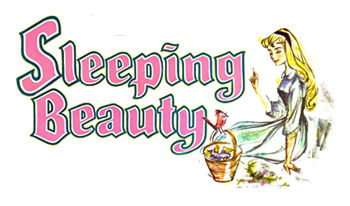
o
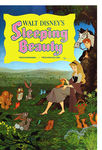 Sleeping Beauty, released in 1959, is considered as the last Great Classic of the first golden age of the Disney studios which had begun with Cinderella in 1950 (although those coming later are also good but very different). Of a six million dollar budget, it was at that time the most expensive animated feature film ever realized. The film is even more ambitious than any other animated film of the studio, he will allow the animation to reach heights, to become a separate art.
Sleeping Beauty, released in 1959, is considered as the last Great Classic of the first golden age of the Disney studios which had begun with Cinderella in 1950 (although those coming later are also good but very different). Of a six million dollar budget, it was at that time the most expensive animated feature film ever realized. The film is even more ambitious than any other animated film of the studio, he will allow the animation to reach heights, to become a separate art.Inspired by a tale of Perrault published in 1697 (re-written by Grimm brothers in 1812), the scenario of Sleeping Beauty was adapted by Ed Penner and Joe Rinladi who were inspired by both previous versions to write their own version. A first version of the story board was subjected to Walt Disney in June, 1952. He refused it. It presented too many similarities with Snow White and the Seven Dwarfs and Cinderella. Monopolized by the opening of Disneyland, the production of documentaries, films of fiction and emissions of television, he delegated Ken Peterson, Don Da Gradi and Ken Anderson to produce Sleeping Beauty. However he often attended the meetings of scenarios.
The animated film is wanted realistic, a live film was shot supervised by Clyde Geronimi and by Eric Larson to help the animators in their work. Never a Walt Disney's animated film had benefited from a preparatory work so advanced. The production of the film lasted five years instead of three usually because of the use of the Technirama 70 mm format (the sets were larger, they needed more time to realize them). Two multi plans cameras were used: one vertical for the scenes of forest and an other one horizontal when we enter inside the castle.
Artists as Albert Hurter, Gustaf Tenggren and Mary Blair had influenced the previous films, but never one of them had been at the same moment the creator of the graphic style of the film and the superintendent of the sets. Disney choose Eyvind Earle as artistic director of Sleeping Beauty. He realized between 1954 and 1959 hundreds of preliminary studies and panoramic sets in gouache, his favorite technique.
For the film's soundtrack, the choice was to adapt the music composed by Tchaikovsky for the Ballet of the same name in 1890. Walt Disney asked to a young musician, George Bruns, to take in charge the adaptation. Browns composed new melodies in mind of the great composer to answer the narrative requirements of the film.
The film's Premiere took place on the 29th of January 1959. In spite of a real esteem success, the astronomical budget was paid off only several decades later. Sleeping Beauty remains today one of the favorite animated films of the artists of Disney studios (source: Walt Disney, L'Age d'Or by Pierre Lambert).
o
Eyvind Earle's paintigs :
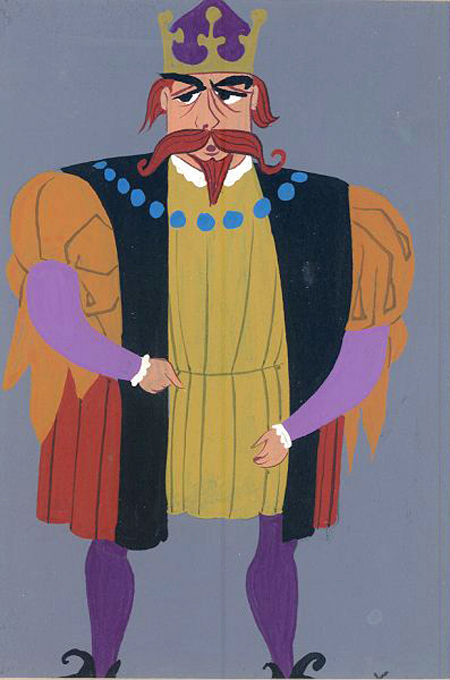
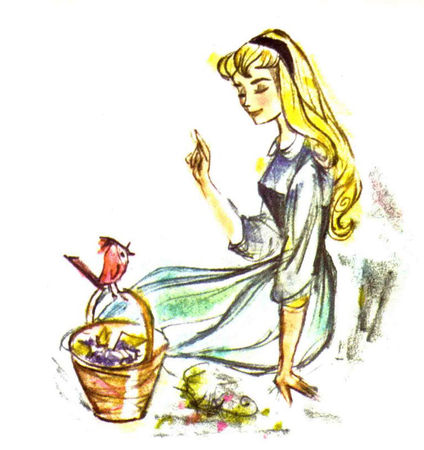
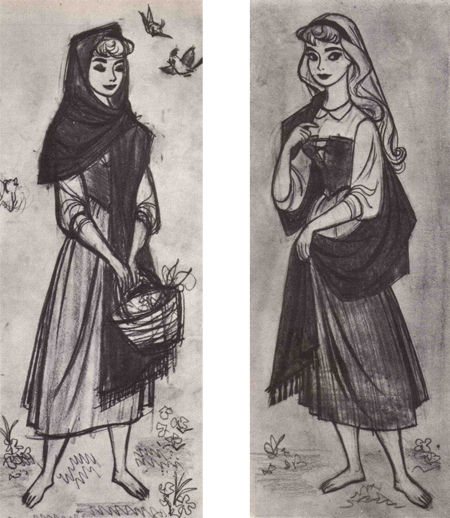
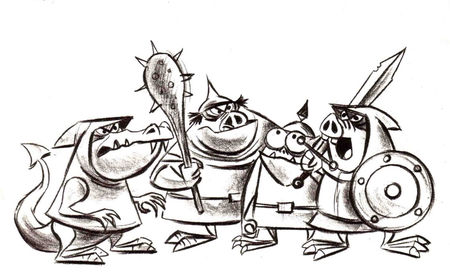

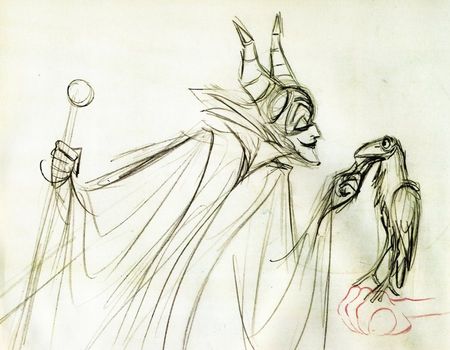

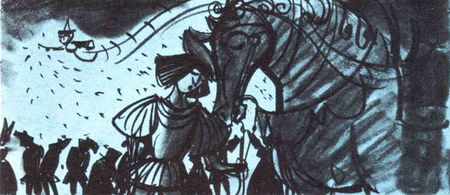
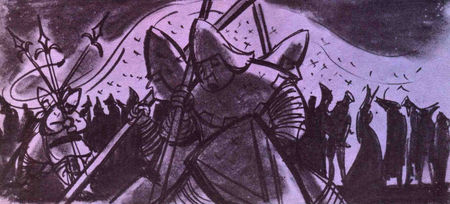
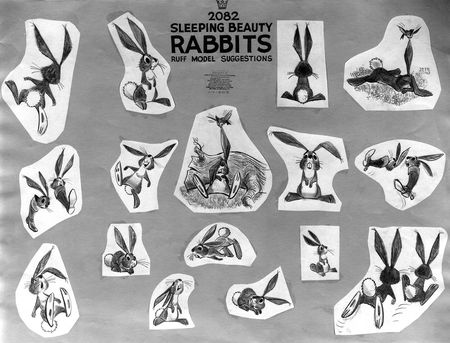
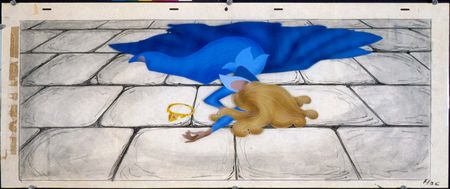
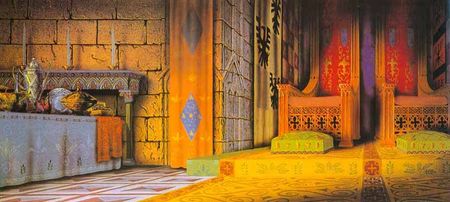
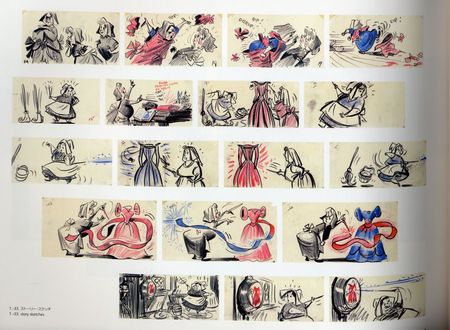




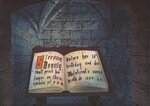









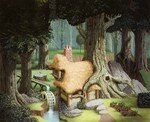
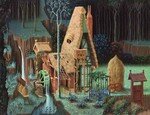














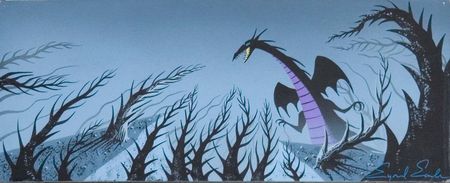
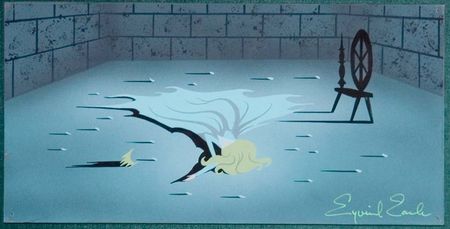
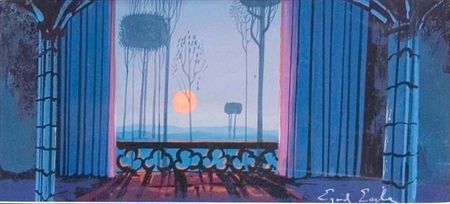
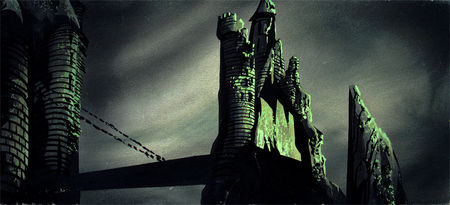

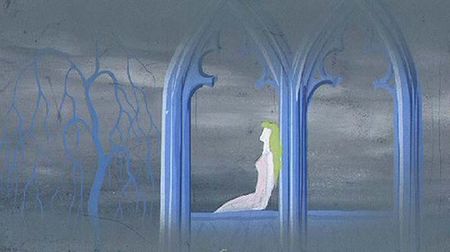

Nessun commento:
Posta un commento